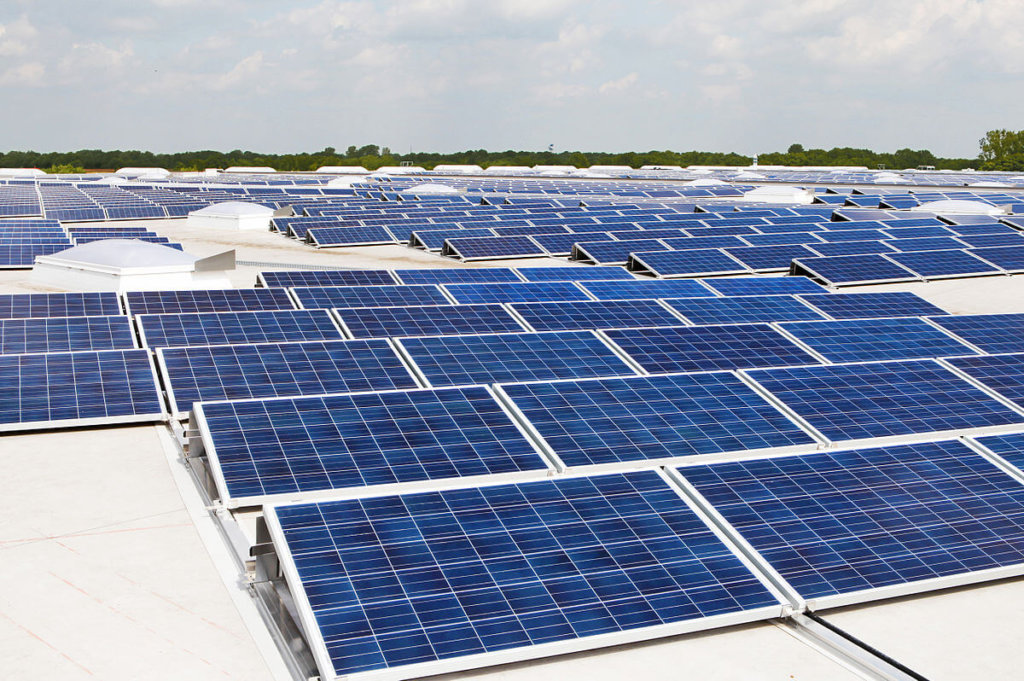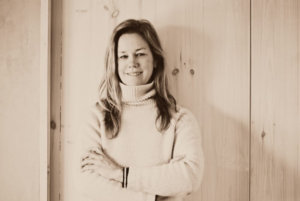The brighter side of our climate fiasco
 Writing a column for one’s local paper is a challenge. As a volunteer who writes only to provide our community with something other than the news to ponder, I suffer from inspiration blocks for a variety of reasons: my full-time job, three grandkids, five kids, a house that always needs painting or cleaning or repairing, a lawn that needs to be mowed, dishes, laundry and cooking that must be done. And sometimes, the inspiration doesn’t come because it’s so darn hard to be positive when it feels as though there’s nothing to be positive about. With the recent report from the Intergovernmental Panel on Climate Change, we know our climate is changing much more rapidly than was previously thought, and things don’t look good. For those that want to argue this report is “fake news,” save your breath. Please.
Writing a column for one’s local paper is a challenge. As a volunteer who writes only to provide our community with something other than the news to ponder, I suffer from inspiration blocks for a variety of reasons: my full-time job, three grandkids, five kids, a house that always needs painting or cleaning or repairing, a lawn that needs to be mowed, dishes, laundry and cooking that must be done. And sometimes, the inspiration doesn’t come because it’s so darn hard to be positive when it feels as though there’s nothing to be positive about. With the recent report from the Intergovernmental Panel on Climate Change, we know our climate is changing much more rapidly than was previously thought, and things don’t look good. For those that want to argue this report is “fake news,” save your breath. Please.
There is good news, though, amidst the bad. And that’s what this column is about.
Walmart has just signed a massive deal with SunPower, a U.S.-based manufacturer of photovoltaics, to install 23 megawatts of solar panels on Walmart facilities in Illinois. I predict this is the start of beautiful partnership that will have national repercussions. Walmart alluded to Illinois’ recent pro-solar net metering policies as reason for their decision to go solar. Walmart is a heavy hitter in the world of political contributions, and when Walmart sees solar is good for their bottom line, I expect they will put pressure on other states to adopt favorable net metering policies.
Uber is working toward a fully electric driving fleet in London by 2025. The popular disrupter car service will add a small fee to every ride booked in London to create a fund to help its drivers switch to electric cars.
Despite dire reports that the Trump administration is anti-solar, the Department of Energy recently funded solar industry growth to the tune of $53 million, and $12 million of those funds are going directly to solar training programs for veterans. In addition, DOE Secretary Rick Perry has earmarked about $40 million for advanced research and development for emerging solar technology. Yes, $40 billion would be better, but this is the right direction. Furthermore, the focus of study is on concentrated solar power, which uses solar energy to create a utility-scale, 24/7 power source via heated liquid.
In case you missed it, Vermont saved $9 million in energy costs thanks to photovoltaics in the month of July alone. Our little state had so much solar cranking out power during the hottest-on-record month, the energy duck curve looked more like the last big drop on Le Ronde’s roller coaster.
The Institute for Energy Economics and Financial Analysts recently reported that the fossil fuel industry is weaker than it has been in decades.
Cleaner technologies will prevail, and the reason is simply economics. Using renewable resources to generate power is better than using expensive, antiquated systems. We are seeing utilities across the world move away from expensive, coal-fired plants to renewable plants because it saves lots and lots of money.
Wondering where you fit in to all this? Check out the DrawDown website for ways you can make a difference.
When I woke up this morning, I was hit with a boatload of despair. I took a deep breath, shook myself, and decided I would commit to doing five things every day to make the world, and my community, a better place. This column was today’s third thing.
We’re a long way from saving our planet. But there is good news. And I say to the “fake news” folks: What if climate change isn’t caused by human factors and we clean our planet up just for the heck of it? Would that really be so bad?
Related Stories
Popular Stories
If you enjoy The Charlotte News, please consider making a donation. Your gift will help us produce more stories like this. The majority of our budget comes from charitable contributions. Your gift helps sustain The Charlotte News, keeping it a free service for everyone in town. Thank you.
Andrew Zehner, Board Chair








